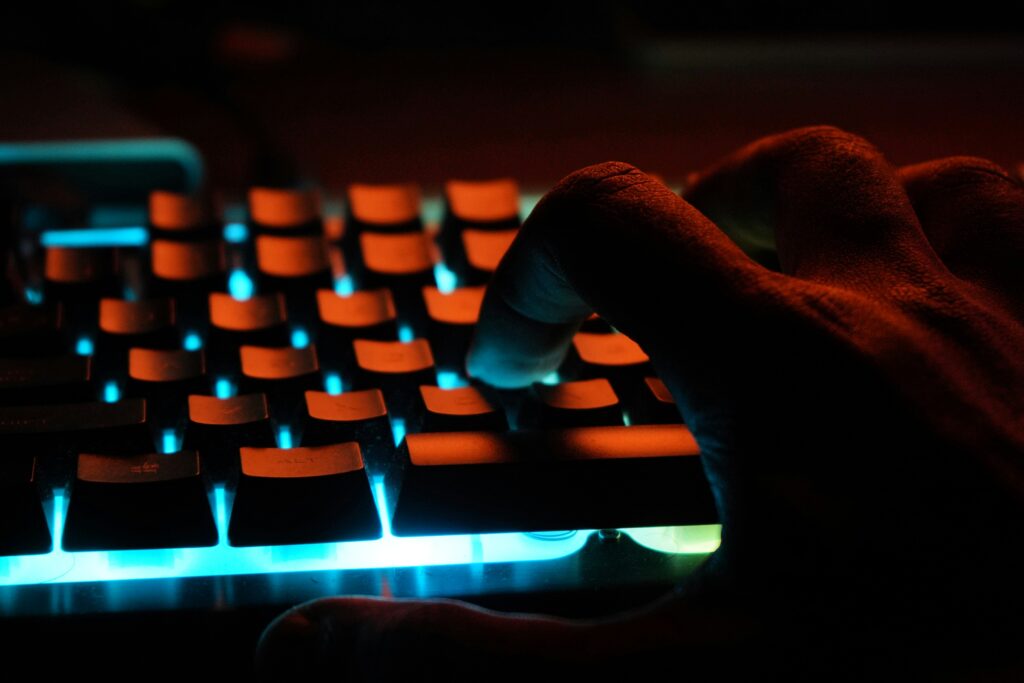As we navigate the ever-evolving landscape of technology and business, one development stands out as both innovative and slightly bizarre: the rise of virtual influencers. Yes, you read that right – virtual influencers are computer-generated characters that have amassed millions of followers on social media platforms like Instagram.
One such virtual influencer, known as Lil Miquela, has grabbed the attention of brands and consumers alike with her stylish photos and “authentic” posts. Despite not being a real person, she has collaborated with major companies like Prada and Calvin Klein, blurring the lines between reality and fantasy in the digital world.
According to a recent study by Influencer Marketing Hub, virtual influencers have an engagement rate that is on average 2.4 times higher than their human counterparts. This trend is not just a passing fad – it points to a shift in how we perceive authenticity and connection in an increasingly online world.
While some may argue that virtual influencers lack the genuine human touch of traditional influencers, others see them as a way to push creative boundaries and explore new forms of storytelling. As technology continues to advance, we can expect to see even more virtual influencers making waves in the digital sphere, challenging our perceptions of what it means to be an influencer in the 21st century.



